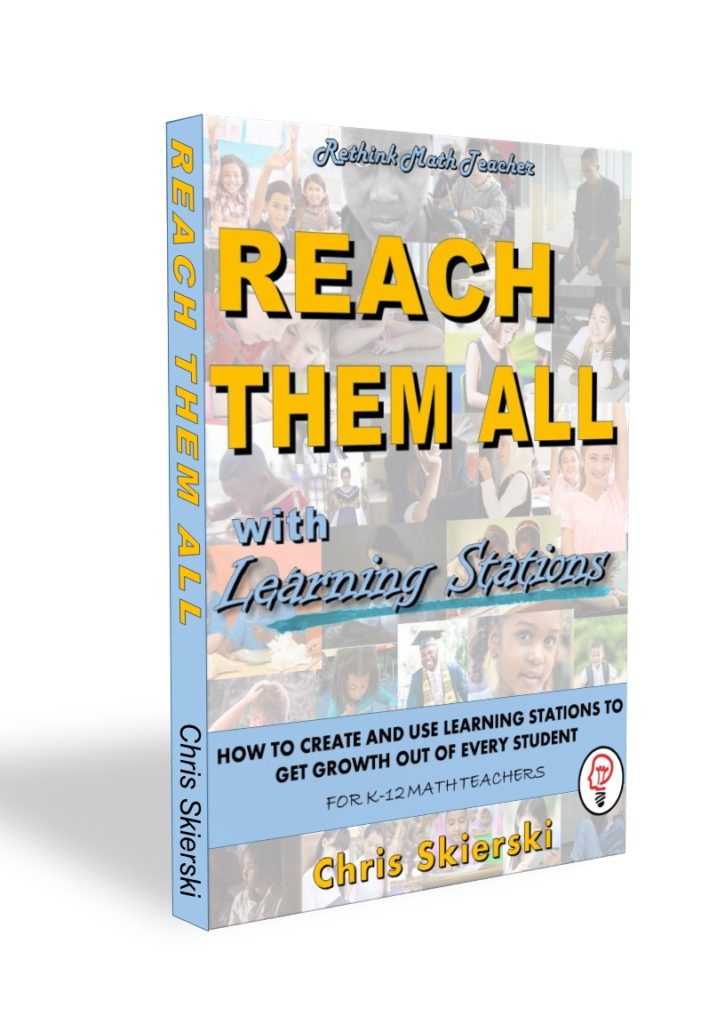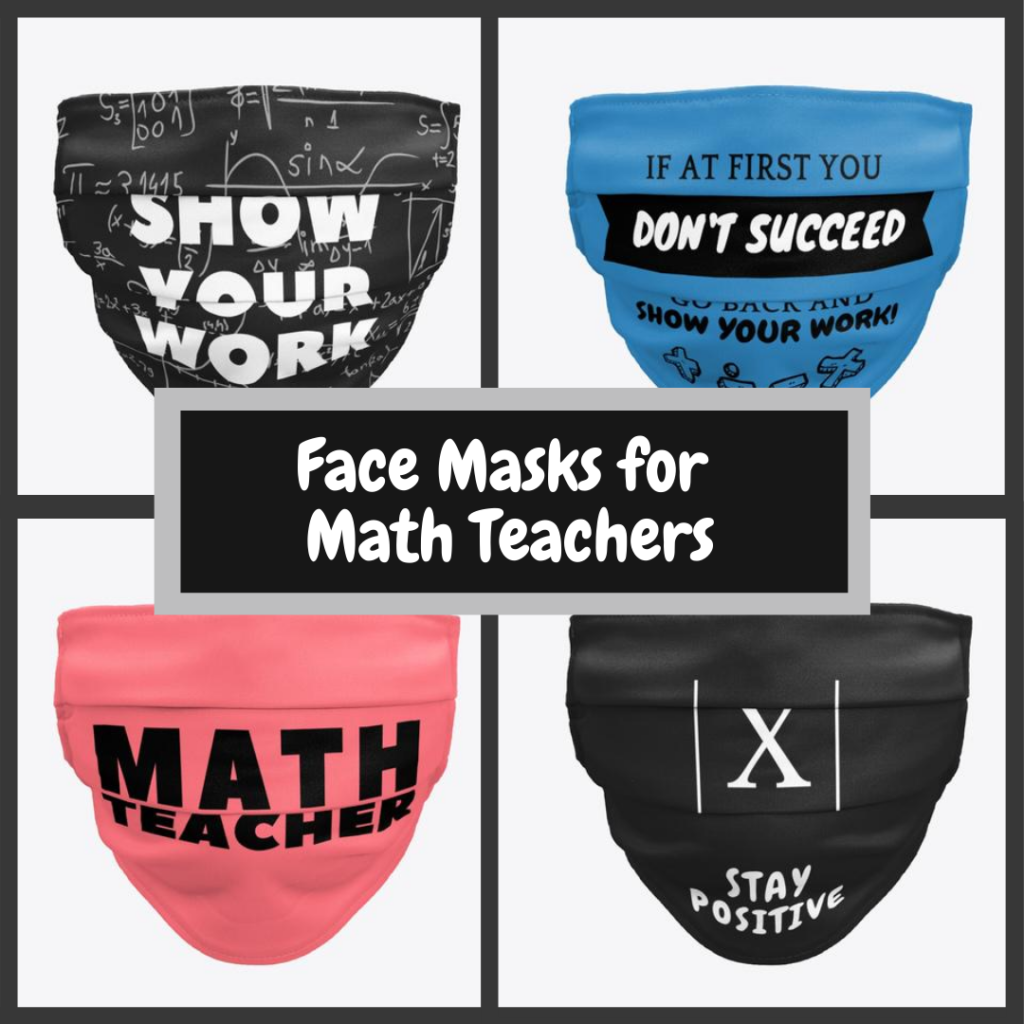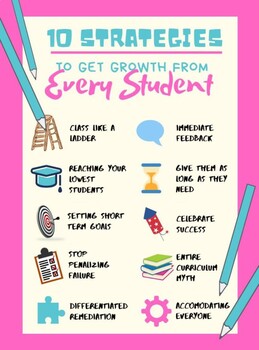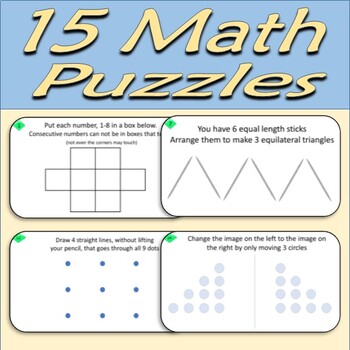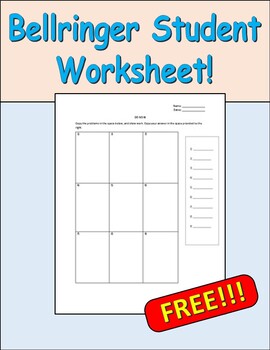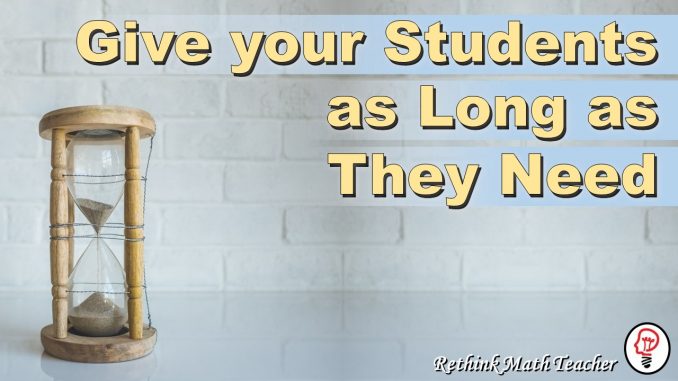
How many repetitions does it take to learn a new skill?
I’ve heard various reports all saying between 15 and 30. But the truth is, that is true only under a few conditions. First, this is just the average. We know that some people are stronger at some skills than others, so they learn certain skills faster and certain skills slower. For example, I am not very musical, it takes me many repetitions to learn how to correctly play a certain strum pattern on the guitar or rhythm on the drums. However, I am fairly adept mechanically, so it takes far fewer repetitions for me to master certain engineering skills (which is why I am a math teacher and not an art teacher).
Second, this is true only when the repetitions are done correctly. If you practice something over and over, but incorrectly, it will become permanent in your muscle memory, but it will not be done correctly.
A Surfing Story
I am very uncoordinated when it comes to my footwork. I constantly trip over cracks in the sidewalk and walk into walls and doorways. My students know this, and love waiting for it to happen. So naturally, I struggle with recreational sports that involve foot coordination; like soccer, roller skating, and surfing.
But I love surfing! I met my wife surfing.

I took this photo on a disposable water camera in 2008.
My wife surfing in Playa Grande, Costa Rica
Surfing took me a LONG time to master. I went out much more than 15 to 30 times before I was able to stand up on my board, or turn it down the line.
You have students in your class who struggle with math the way I struggle with surfing (and snowboarding, ice skating, rollerblading, skim boarding… the list goes on!)
Their struggle with math, like mine with surfing, don’t make them dumb. It makes them slow learners!
The problem is that they are in an educational system that does not permit them to be a slow learner. They are paced with the rest of the class and then moved on to the next skill. Never truly being given the time they need to master the concept they were working on. As a result, they have been rushed through so many concepts without mastering any of them. And now they sit in your class with a bad foundation of mathematical skills – a foundation needed to do the skills that they are doing in your class.
Give Them Time
For me to learn to surf, I needed more practice. I needed more attempts, more wipeouts, more failed pop-ups to learn the skill. But if I were being paced with a bunch of my peers, who were mastering it quicker than I was capable of doing, I would have been progressed on to more difficult tasks though I still lacked the basic skill of standing up on the board.
Thankfully, I was able to get as much practice as I needed to master the skill, and now I love it.
But the same is not true for your students. They are not being given the amount of time that they need to master the math concept you are teaching them, and they are being forced into more complicated concepts before they have mastered the previous one.
What they need is extra practice, with immediate feedback. Give them as much practice as they need to master the skill.
You will find that once they have tasted that success, they will feel accomplished and encouraged, and they will want to learn more to have those same feelings again.
An Example from the Classroom
I had a student in my seventh-grade class who was years behind, mathematically. Seventh grade begins with adding integers and then moves on to subtracting integers (because you have to be able to add to be able to subtract). Then it moves on to multiplying and dividing integers before going on to one step equations.
This student, we’ll call her Suzy, did not master adding integers with the rest of the class. So I put her in a learning station on adding integers while the majority of the students moved on to subtracting integers (of course she wasn’t the only one struggling with adding integers, so other students were retained on the skill with her).
Suzy didn’t understand how to add integers after the three-day rotation in the learning station and had to repeat. Other students did too, but very few at this point and the rest of the class moved on. I began providing interventions to Suzy and the others still struggling; partnering with stronger students, working more with them myself. But Suzy still struggled.
Suzy was the only student still working on adding integers. The rest of the class had moved on to many other topics, but she still remained in this station, trying to master it. I didn’t know what else to do for her, I just continued to give her ‘reteaches’ and then provided her with a lot of practice and immediate feedback.
But then, one day, it clicked. She got it! She aced her test and moved on to subtracting integers, which she immediately got and moved on again. She quickly grasped the other concepts and quickly caught the rest of the class.
And we all celebrated her every step of the way.
Something else happened, she started to enjoy math. She used to hate it (I’m sure because she didn’t understand it), but now that she was being successful, and seeing her accomplishments, she was enjoying it.
The Traditional Model
Suzy never would have been so successful if she hadn’t been given the time and practice she needed to master the skill.
In the traditional teaching model, everyone is paced together. So the whole class works on adding integers for a while, then they take a quiz, and move onto subtracting integers. Regardless of whether or not everyone is ready to move on. If I had done this with my class, Suzy would not have been able to subtract integers because she still couldn’t add integers, so she would have failed that too. Then she would move on to multiply and divide integers which only would have confused her because the rules are the opposite of adding integers – something she still hadn’t quite grasped. She would have been frustrated, and probably would have given up hope of ever mastering the concepts being taught in her math class.
Instead, I gave Suzy as much time and practice as she needed, without penalizing her for taking longer than the rest of the class.
The Entire Curriculum Myth
When I teach this concept – giving students as much time as they need – I am always met with the same objection.
“Then she won’t get through the entire curriculum.”
And that is true. Suzy did not get through the entire seventh-grade curriculum that year. There were some concepts she got very little exposure to and she definitely did not master.
But I ask you, what is of greater value to Suzy?
A. Learning some (or most) of the curriculum, and not seeing all of it
OR
B. Seeing all of the curriculum, but not learning any of it
Understand that option B is what most of us math teachers do to all of our students every year. It’s why Suzy came to me as a seventh-grade student, years behind. She had been exposed to the entire curriculum every year without ever being expected (or given the opportunity) to master any of it.
She was simply drug from one standard to the next, regardless of whether or not she had mastered it, falling further behind each year.

How to Give Them as Much Practice as They Need
So how do you do it? How do you differentiate your instruction so that you can give students as much practice as they need on a concept, without holding your whole class back on account of a few students?
You may have noticed from my story above about Suzy that though she was being retained on the skill of ‘adding integers,’ as were several other students, that the rest of the class was being promoted to other standards.
I accomplish this by building a learning station on each skill. I then assess my students, to see what skill they need to work on, and put them in the station for that skill. Inside the station, they are given a reteach as well as lots of practice with immediate feedback to help them master the skill. And they stay in that station until they have demonstrated proficiency – at which point they are progressed to the next skill (a new station).
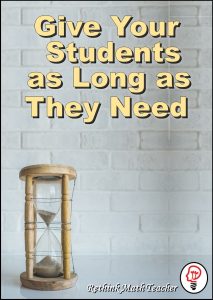
If you found this article helpful, share it with your friends
Learning stations Resources
Rethink Math Teacher has lots of resources dedicated to learning stations. You can check them out here.
However, I would encourage you to join me and a group of math teachers who are working at reaching all of our students through differentiation. This journey consists of a weekly email with resources to help you do just that. At the end of our time together, there’s going to be a free webinar on differentiation, followed by an online mini-course to help you go deeper into the subject matter.
Take the Challenge
The Uncommon Teacher Challenge is 10 free teaching resources to help you become an Uncommon Teacher. Do things different than most teachers and get uncommon results. The Uncommon Teacher Challenge includes 10 articles, with 10 resources, and 10 different strategies to help you reach all your students.
Click here to begin the journey.
You will receive an email within a few minutes with your first free resource. Make sure to check your primary and promotional inboxes, and mark the email as safe.
Free Resource
The above worksheet is to help you organize student work and their answers. It is a free download in my TpT store. I use it mostly for Do Now’s (aka Bellringers).
Click here to download for free
What to Read Next
- Differentiated Remediation
- Putting it All Together
- The Entire Curriculum Myth
- 21 Days to Be a Better Math Teacher
- Celebrate Your Students’ Success
- We Penalize Failure but Don’t Expect Mastery


